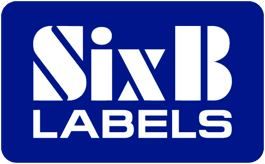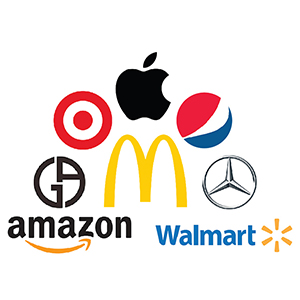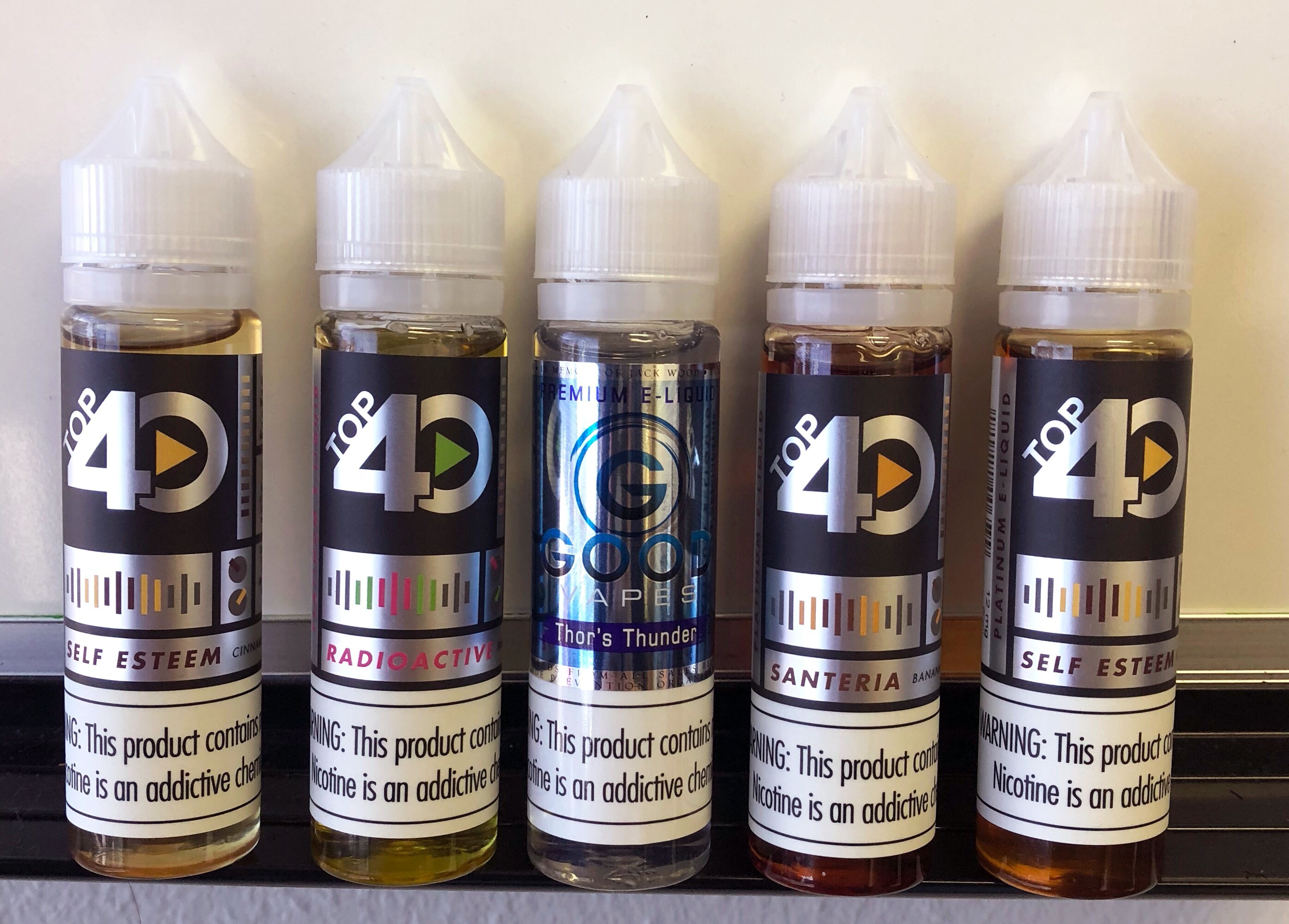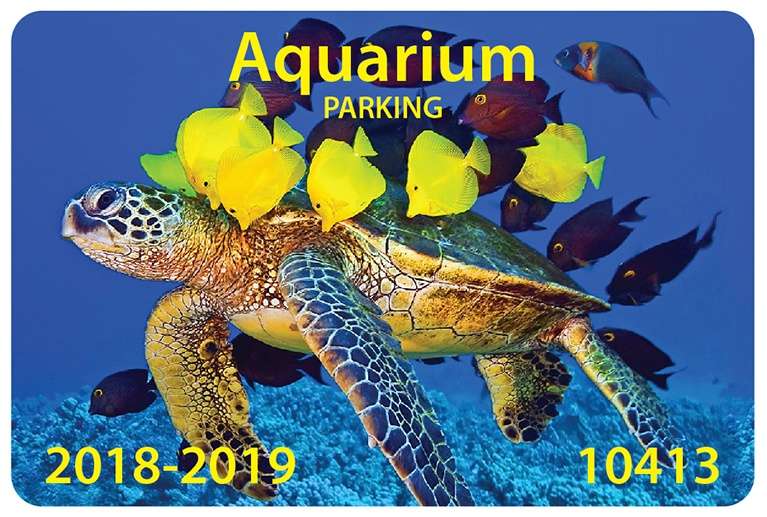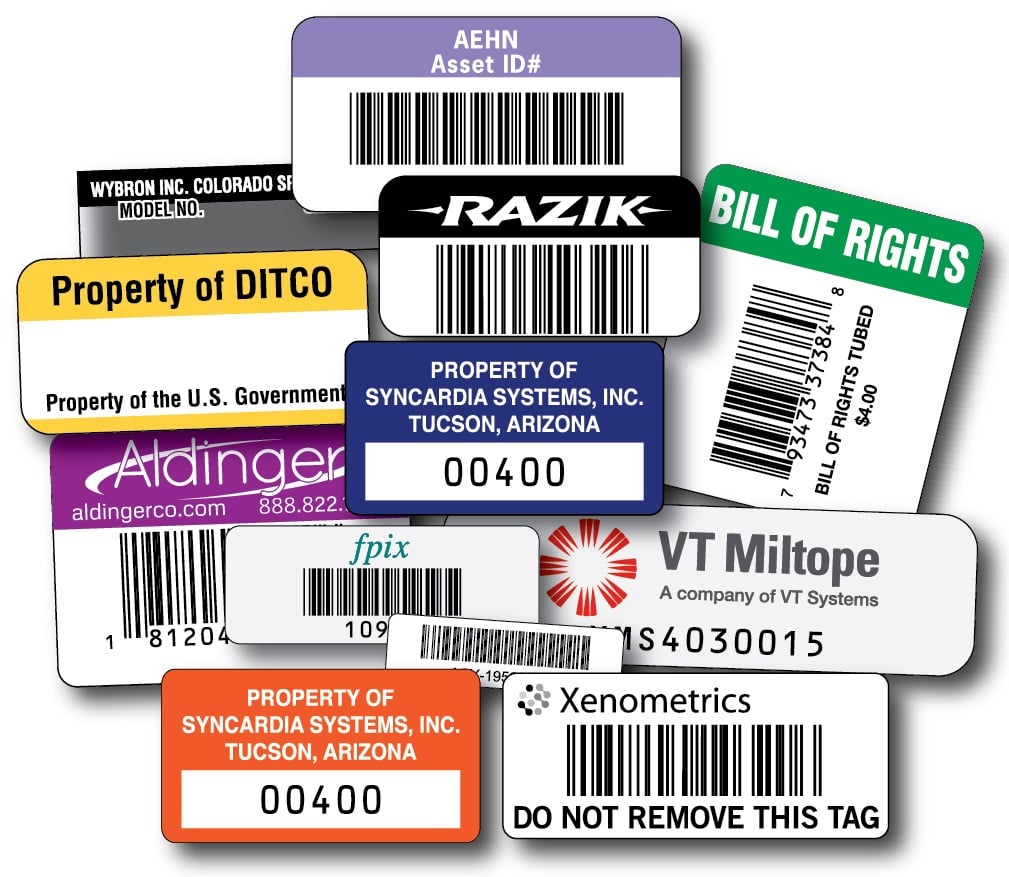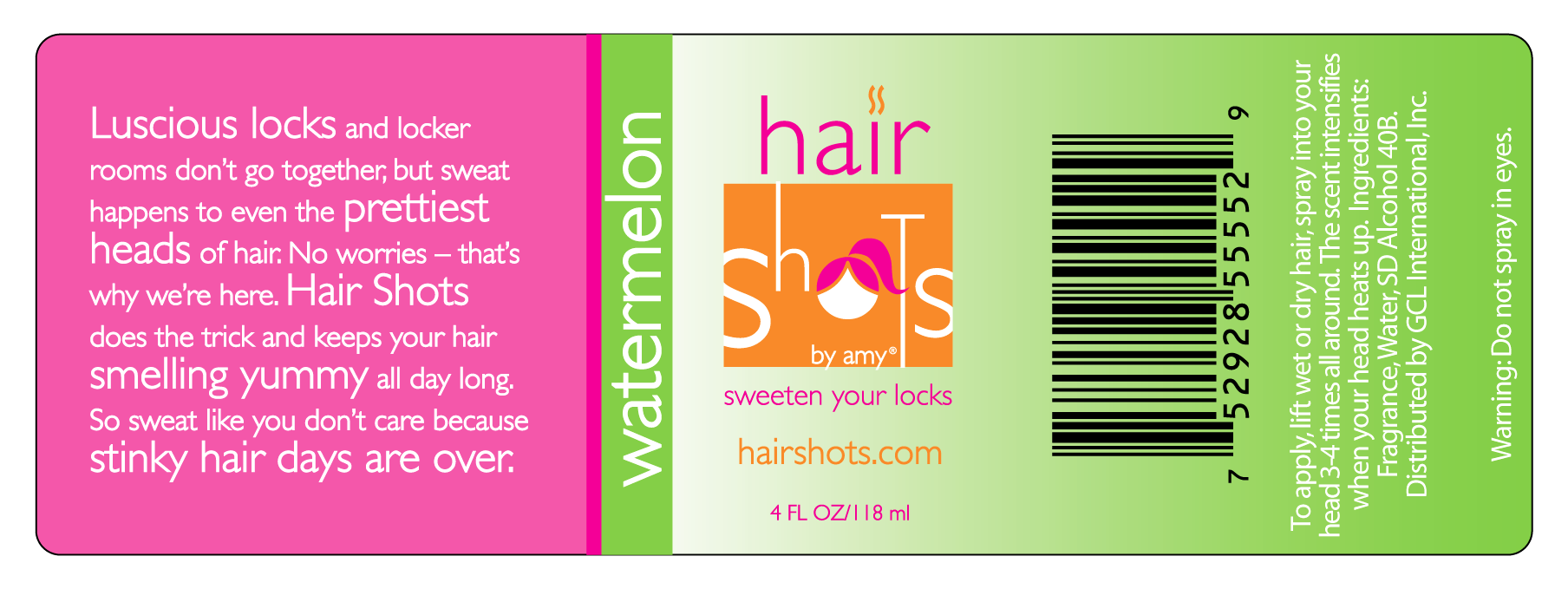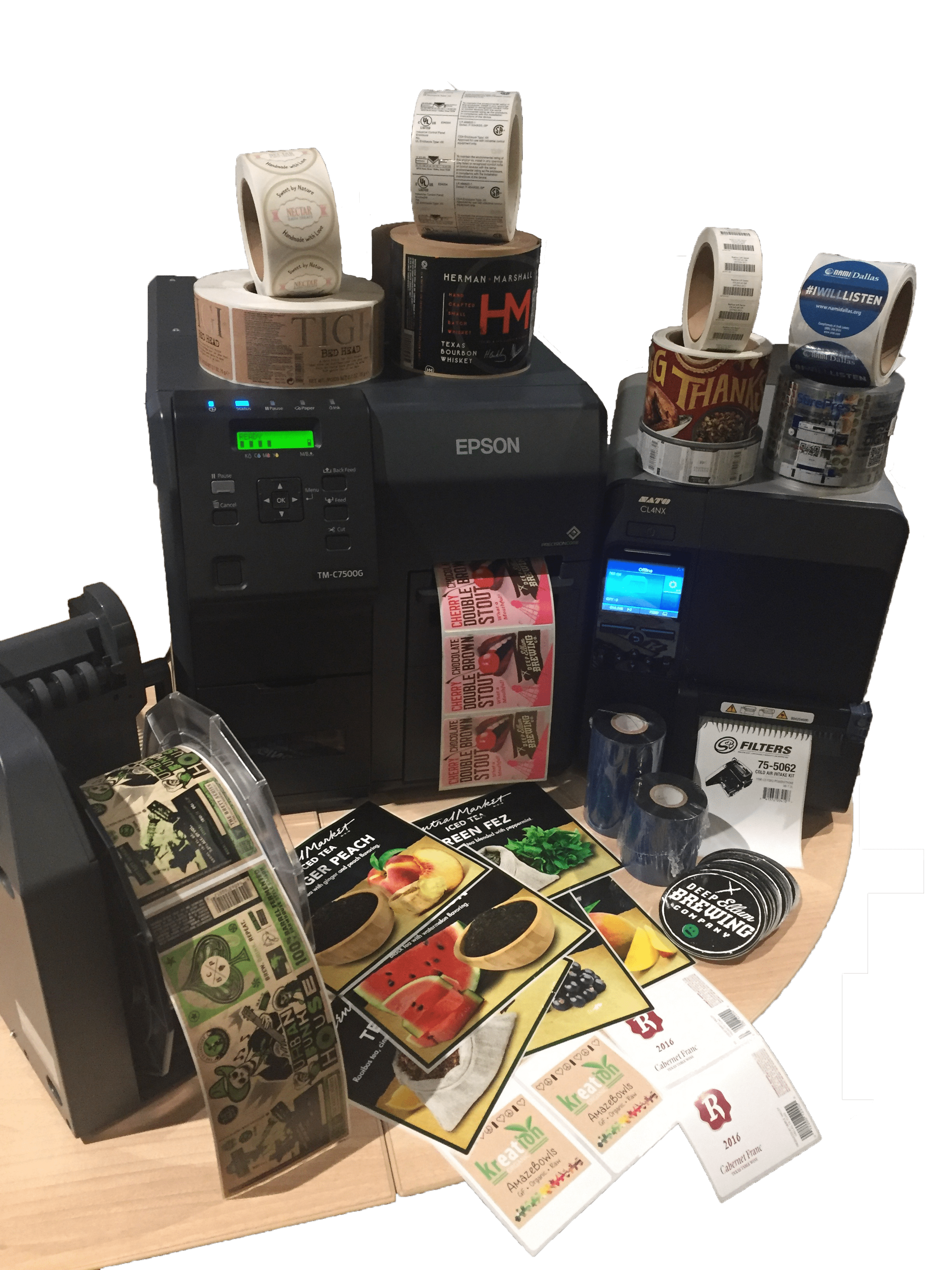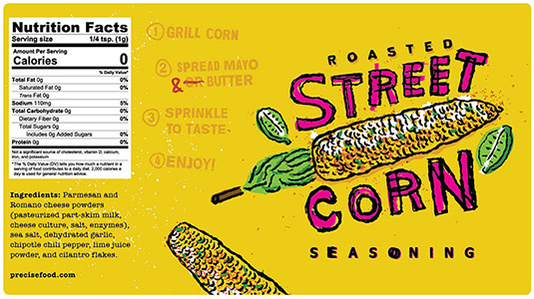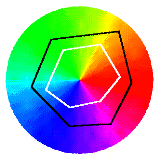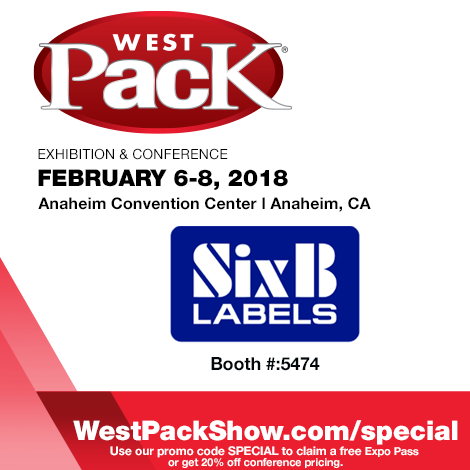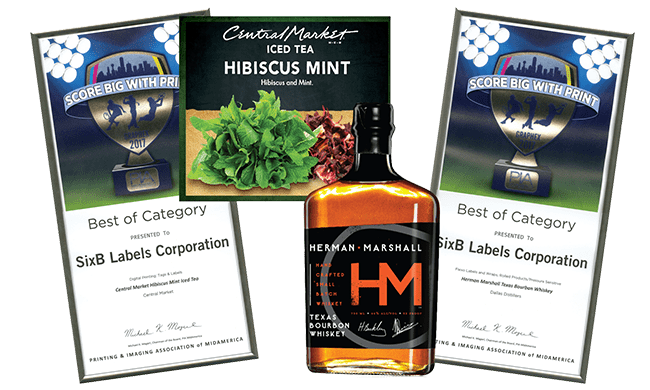In this blog post, we’re going to look at what makes a good logo design to help you get everything right before you go to print your labels. Here at SixB Labels, using my college degrees in graphic design as well as print engineering, I’ve printed more product labels in nearly four decades than you probably could imagine. In that process, I have learned more than a little about what makes a successful logo design, and what the perfect logo should look like.
Easily Recognizable Logos
